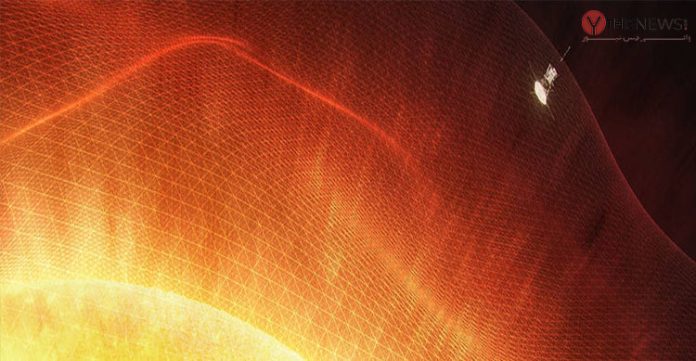As per the latest reports, for the first time ever, a spacecraft has contacted the Sun. NASA’s Parker Solar Probe has now flown through the Sun’s upper air, the corona, and examined particles and attractive fields there, the US space organization has said.
The very first section through the corona at 4.89 million miles kept going for a couple of hours. It is additionally one of many anticipated missions.
Dispatched in 2018 to investigate the secrets of the Sun, the Parker Solar Probe has, up until this point, finished nine full circles of the Sun. Before its superb mission closes in 2025, it will finish another 15 circles.
It is relied upon to wind nearer to the Sun in January, in the long run coming to as close as 3.83 million miles from the surface.
During its eighth flyby of the Sun in April, the spacecraft experienced the particularly attractive and molecule conditions at around 8.1 million miles over the sun-based surface that told researchers it, at last, entered the sunlight-based air.
The new achievement marks one significant stage for Parker Solar Probe and one giant jump for sun oriented science, NASA said, adding that it will assist researchers with revealing basic data about our nearest star and its impact on the nearby planet group.
“Parker Solar Probe ‘contacting the Sun’ is a stupendous second for sun powered science and a genuinely momentous accomplishment,” said Thomas Zurbuchen, the partner chairman for the Science Mission Directorate at NASA Headquarters in Washington, in an assertion.
ALSO READ: NASA Completes Rocket Engine Test Series for Lunar Mission
“Not exclusively does this achievement give us more profound experiences into our Sun’s advancement and it’s effects on our nearby planet group, yet all that we find out with regards to our own star additionally shows us more stars in the remainder of the universe,” he added.
As it circles nearer to the sun-oriented surface, Parker is making new revelations that other rockets were excessively far away to see, including from inside the sunlight-based breeze – – the progression of particles from the Sun that can impact us at Earth. The discoveries have been distributed in the diary Physical Review Letters and will likewise show up in the Astrophysical Journal.
In 2019, Parker found that attractive crisscross constructions in the sunlight-based breeze, called curves, are abundant near the Sun. However, how and where the structure stayed a secret. Splitting the distance to the Sun from that point forward, Parker Solar Probe has now passed close enough to distinguish one spot where they begin: the sun-based surface.
“Flying so near the Sun, Parker Solar Probe currently faculties conditions in the attractively ruled layer of the sun-based climate – – the corona – – that we never could,” said Nour Raouafi, the Parker project researcher at the Johns Hopkins Applied Physics Laboratory in Laurel, Maryland.
“We see proof of being in the corona in attractive field information, sun-powered breeze information, and outwardly in pictures. We can really see the spacecraft flying through coronal structures that can be seen during an all-out sun-based obscuration,” Raouafi added.
(This story has been sourced from a third-party syndicated feed, agencies. Raavi Media accepts no responsibility or liability for the dependability, trustworthiness, reliability, and data of the text. Raavi Media management/ythisnews.com reserves the sole right to alter, delete or remove (without notice) the content at its absolute discretion for any reason whatsoever.)







